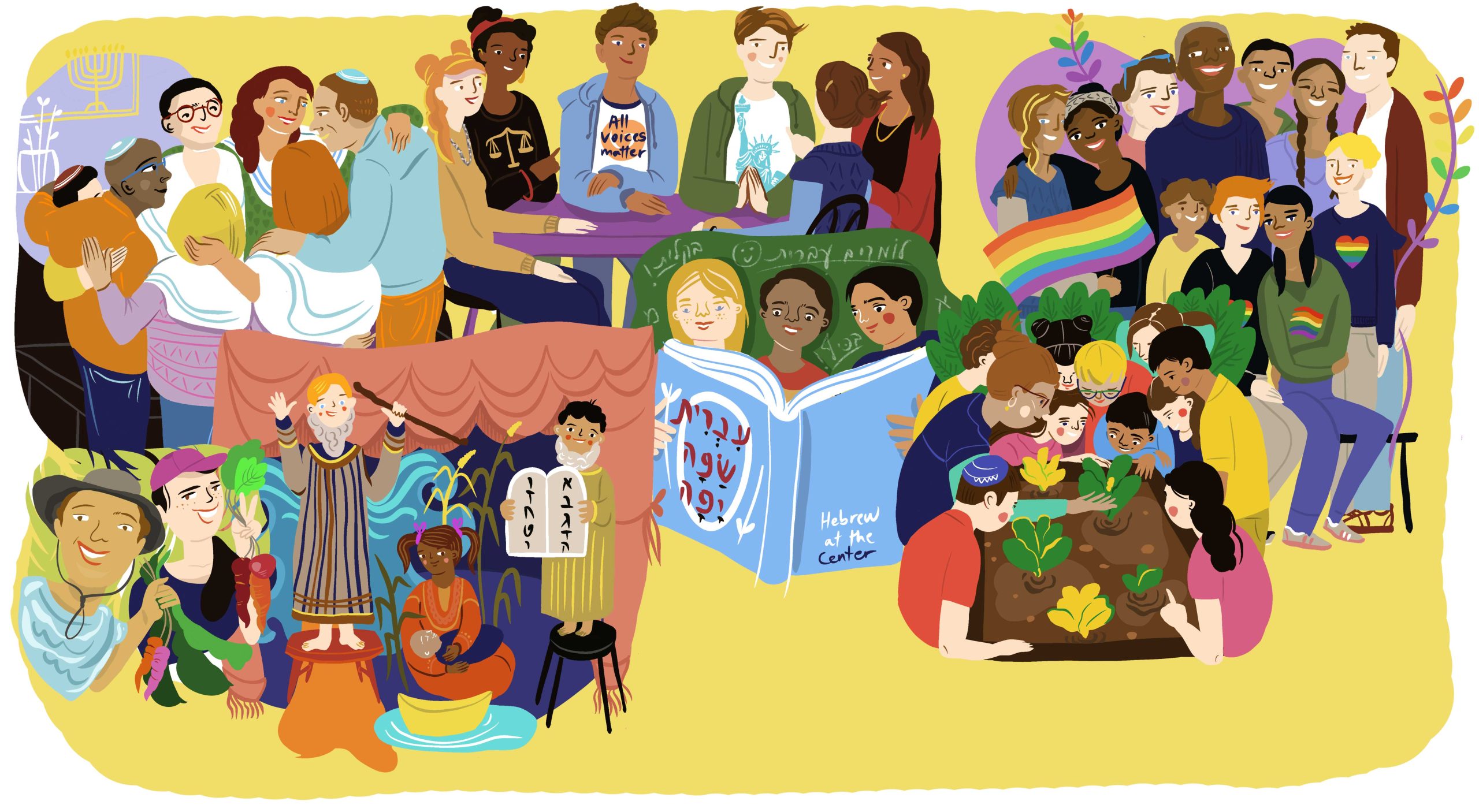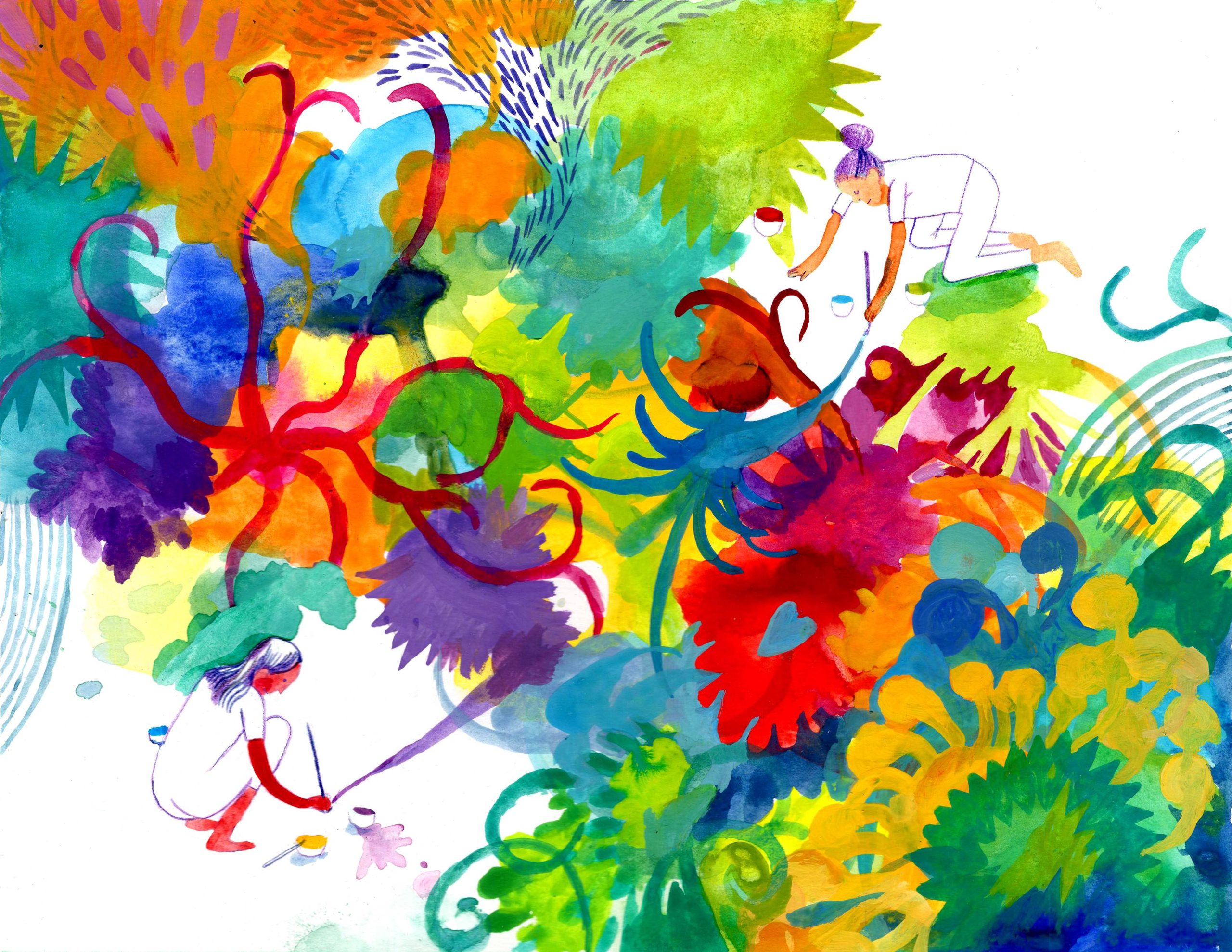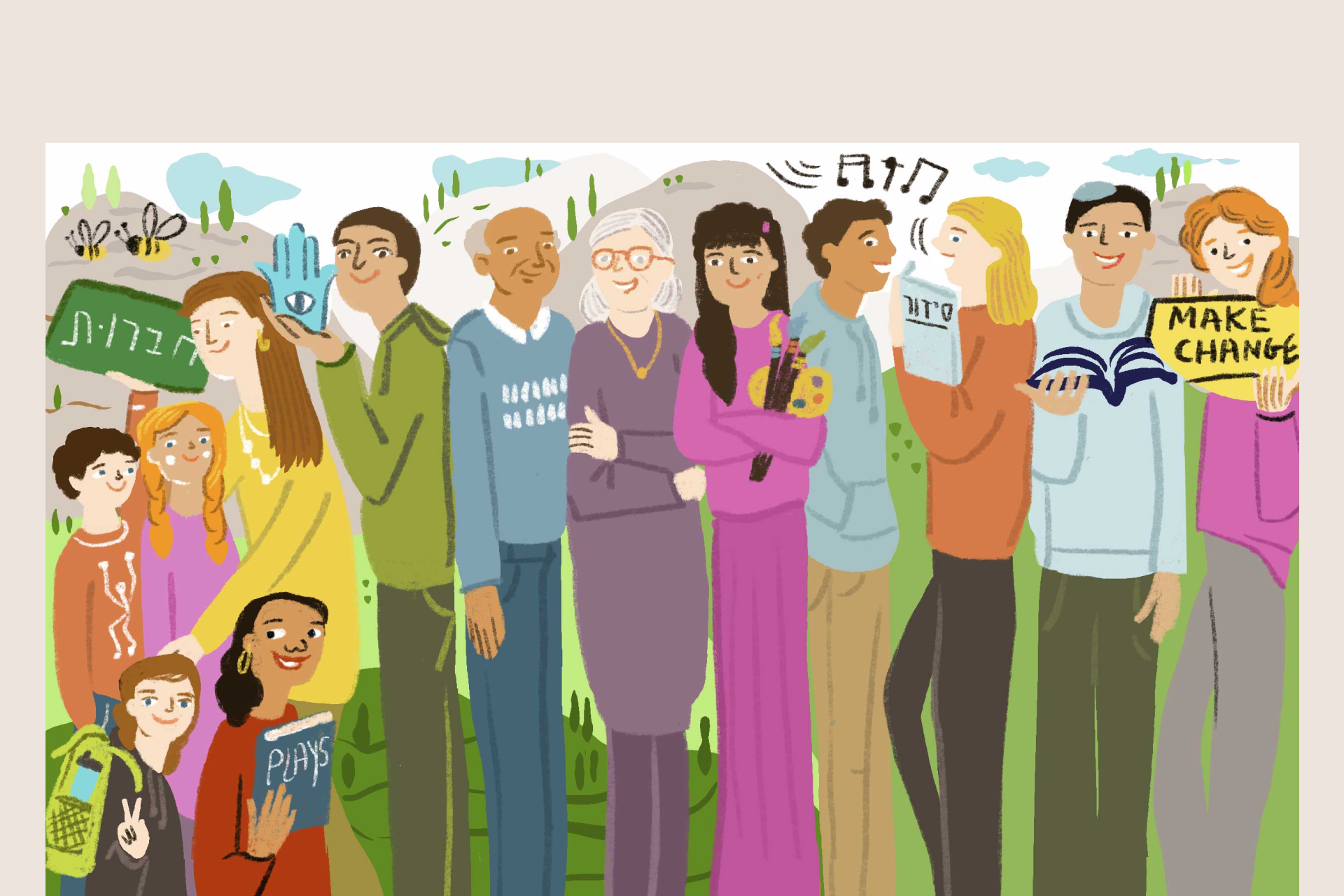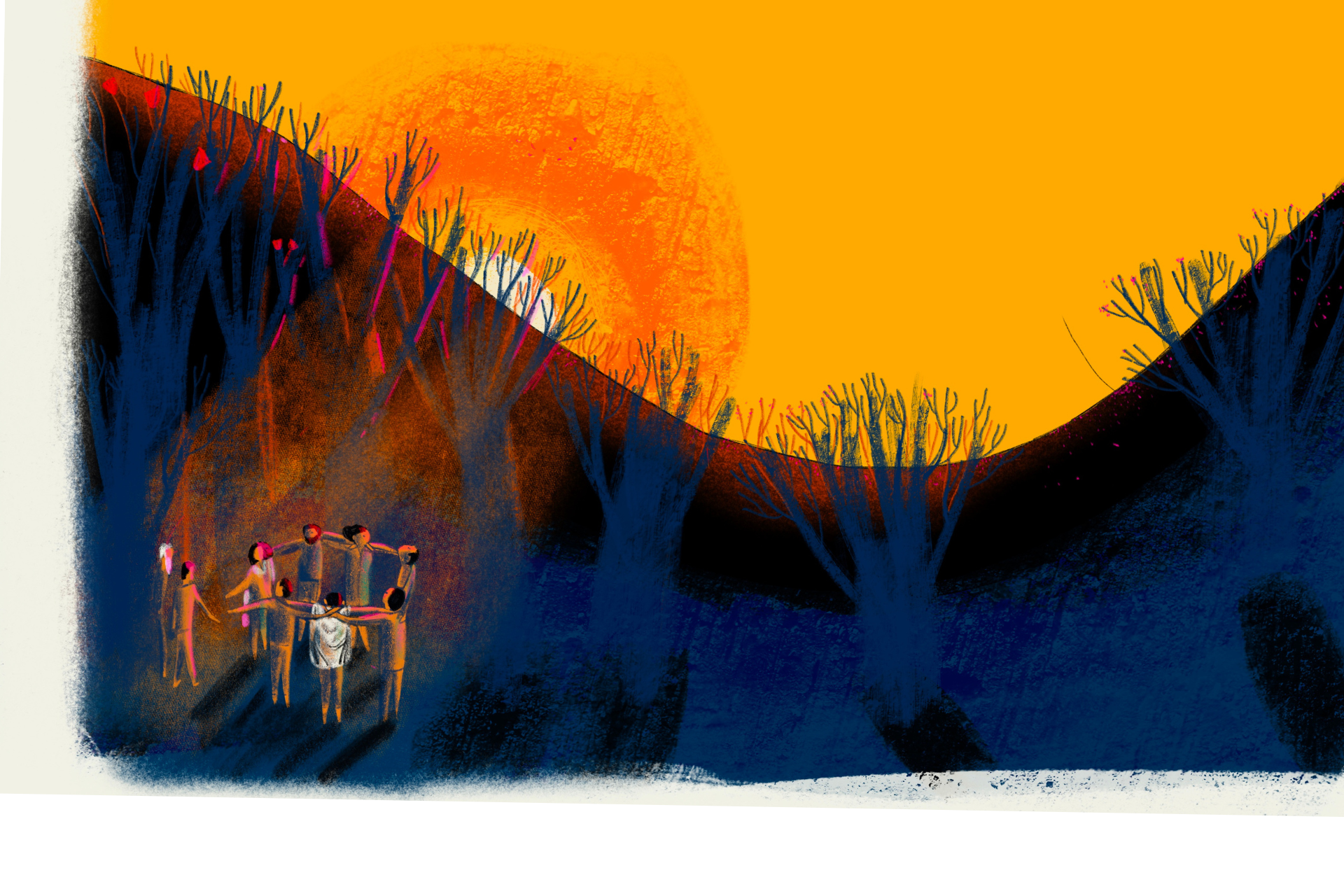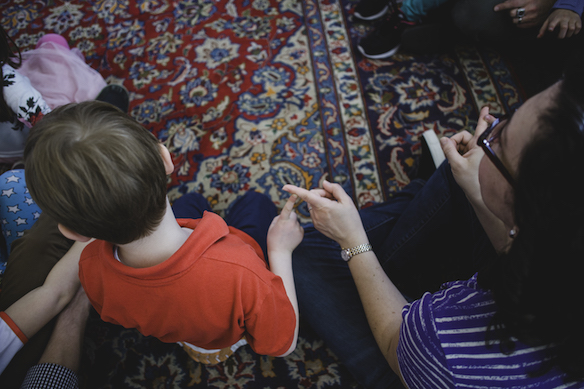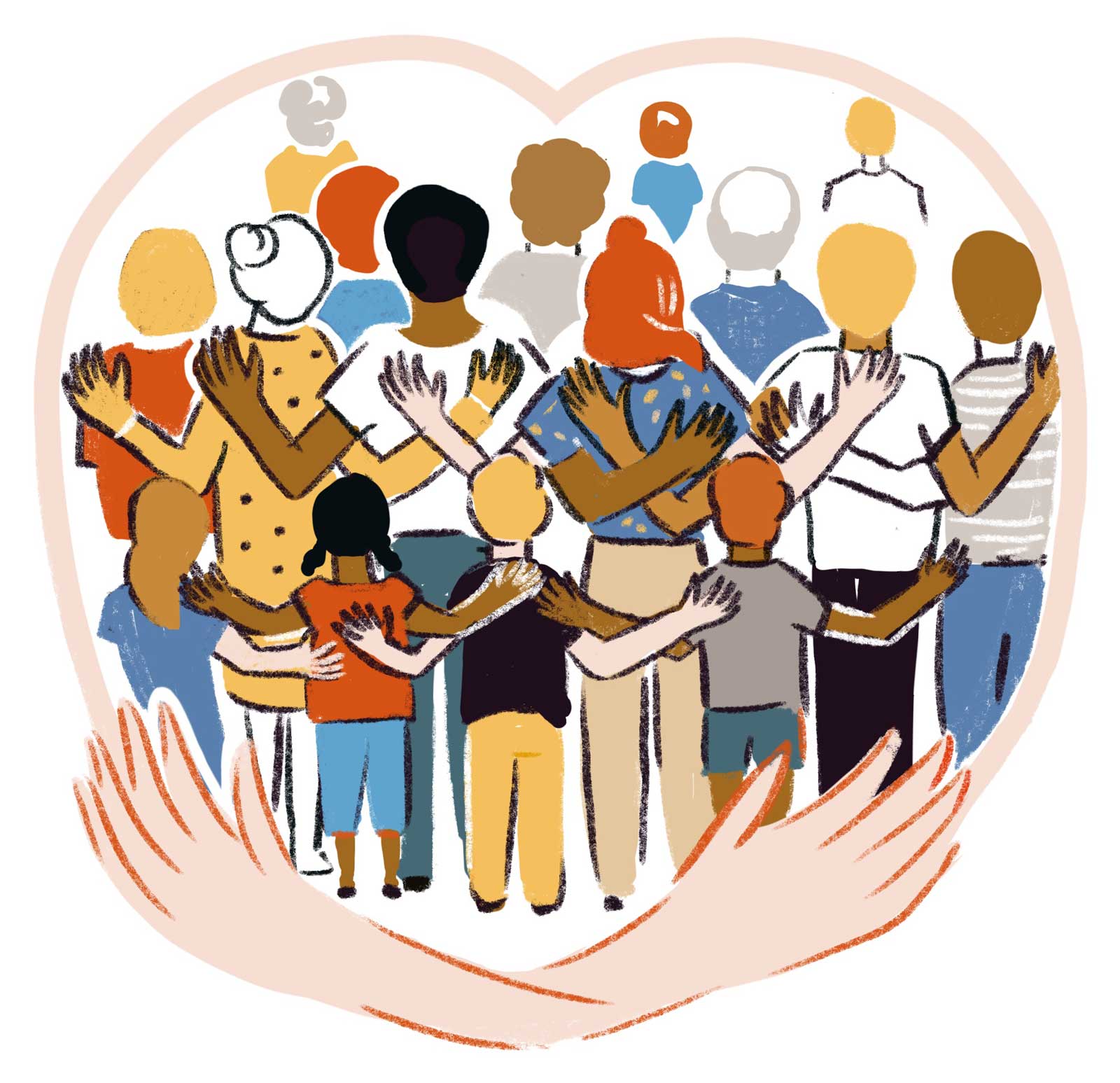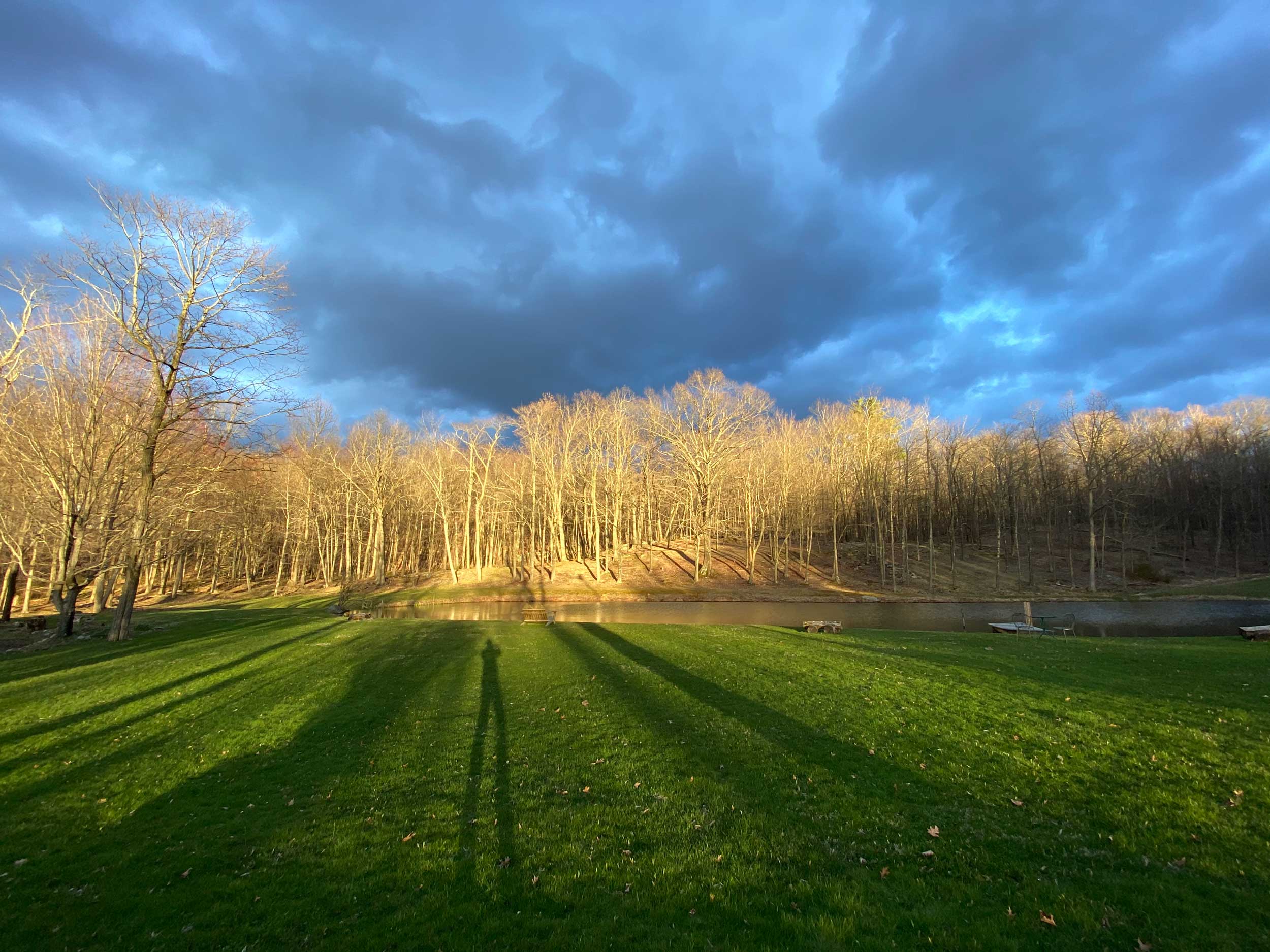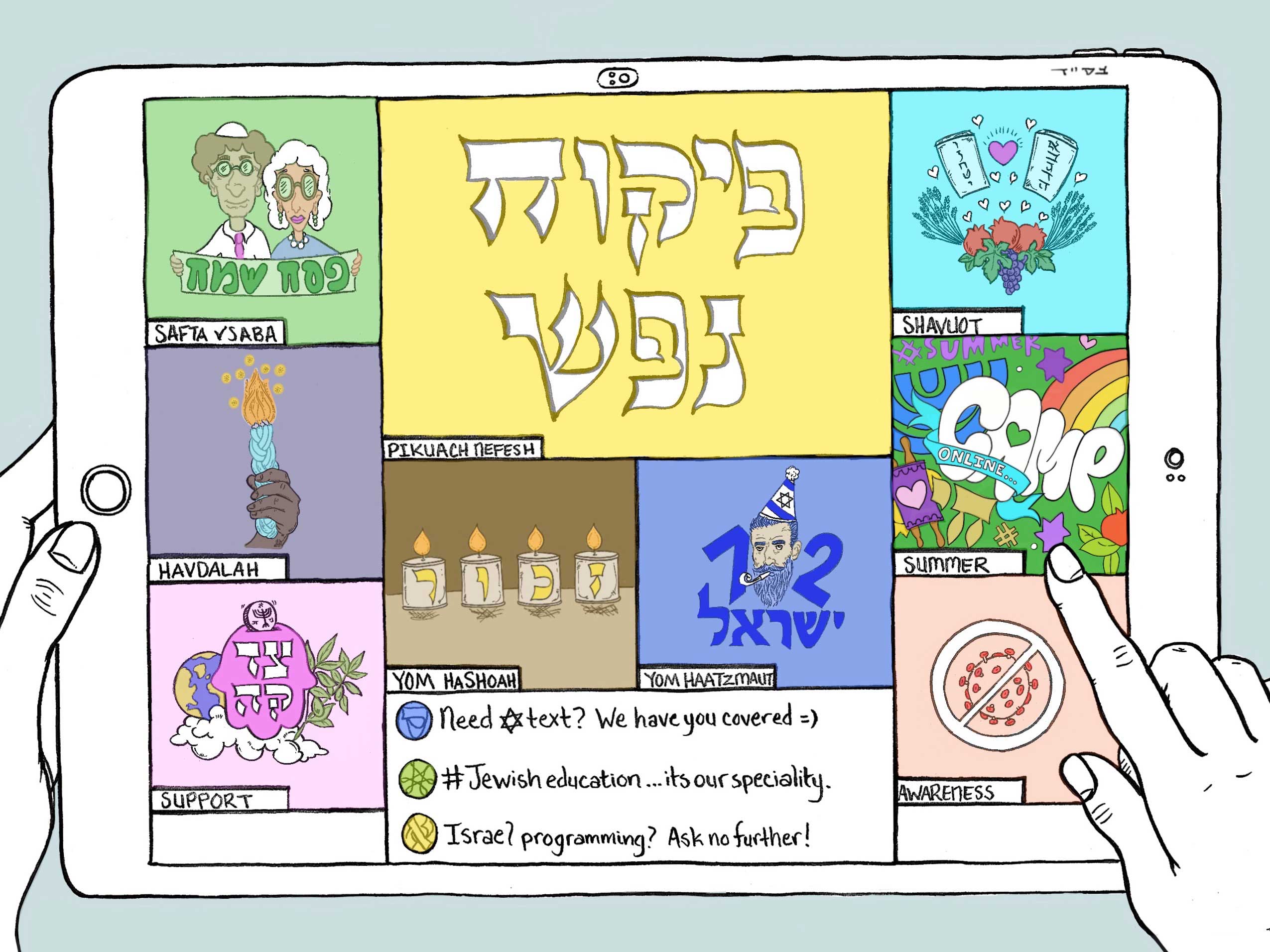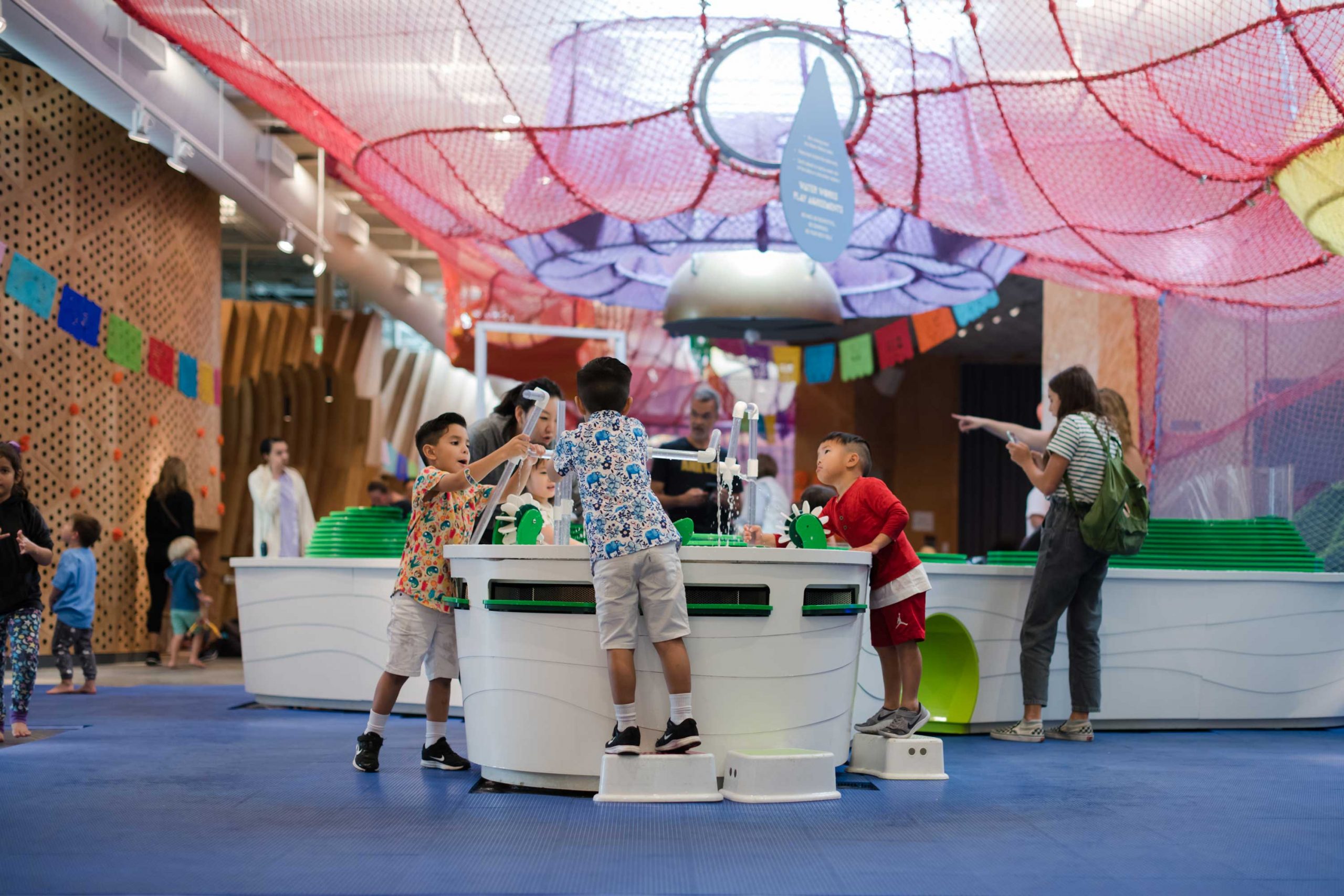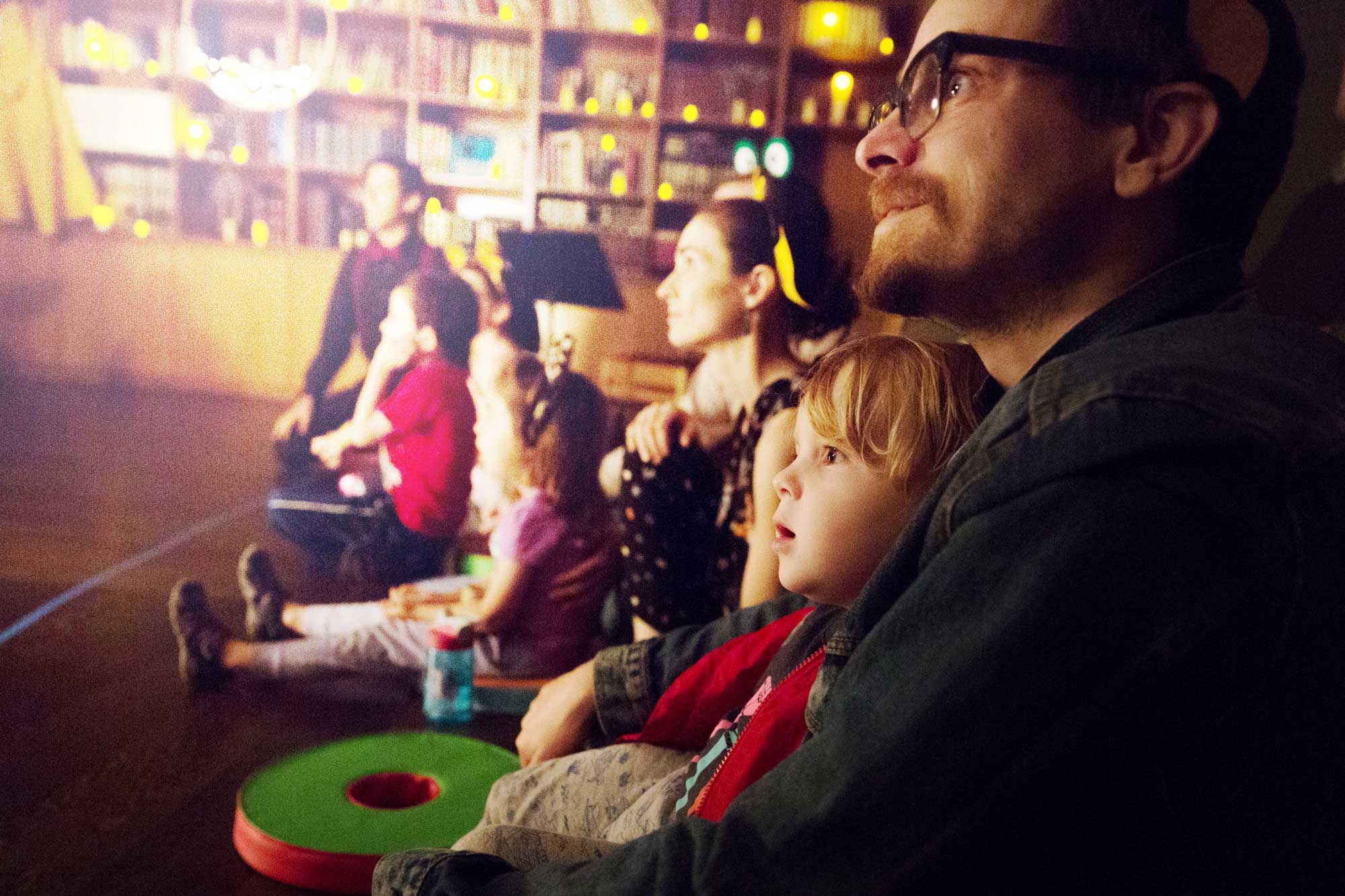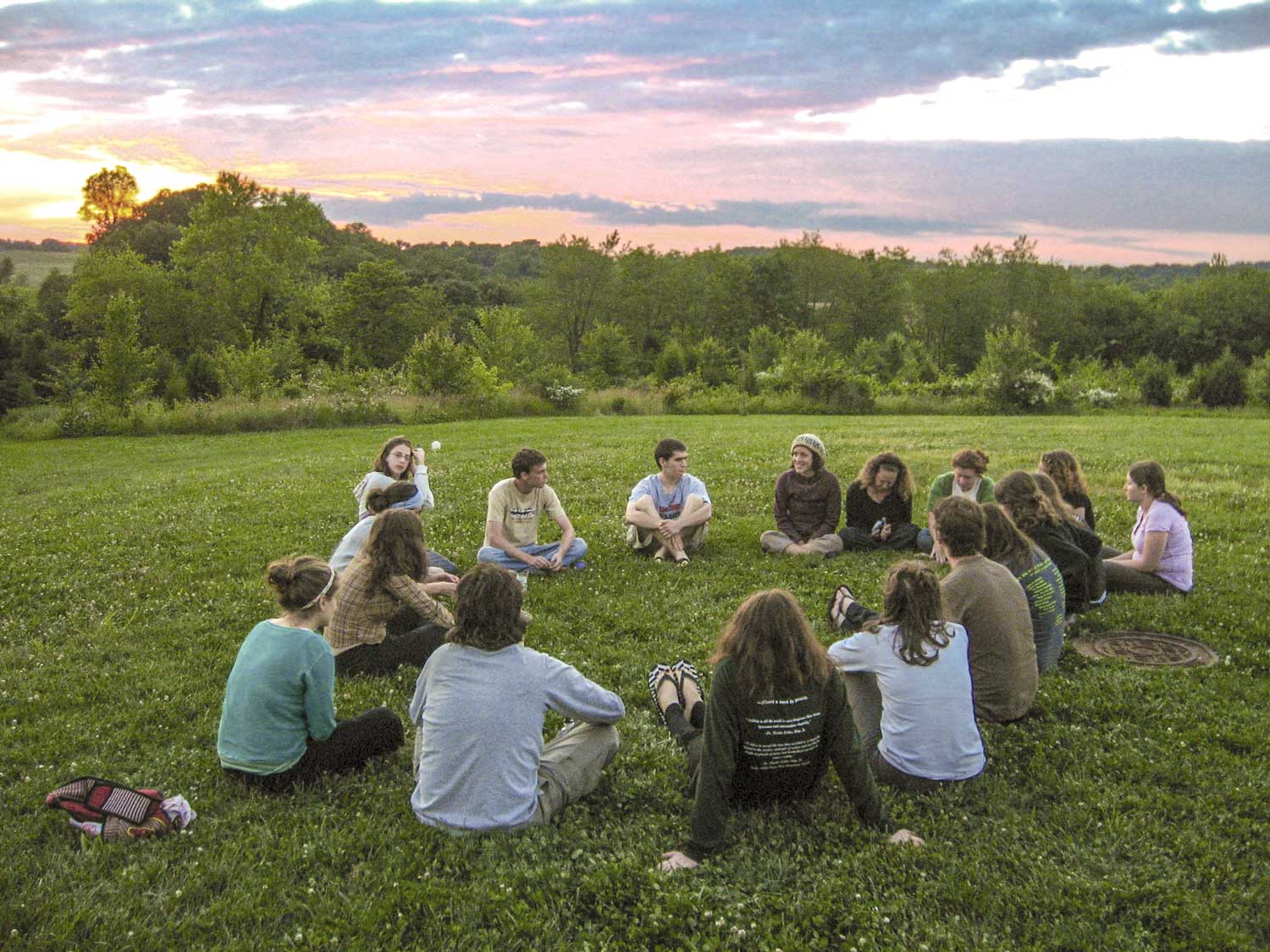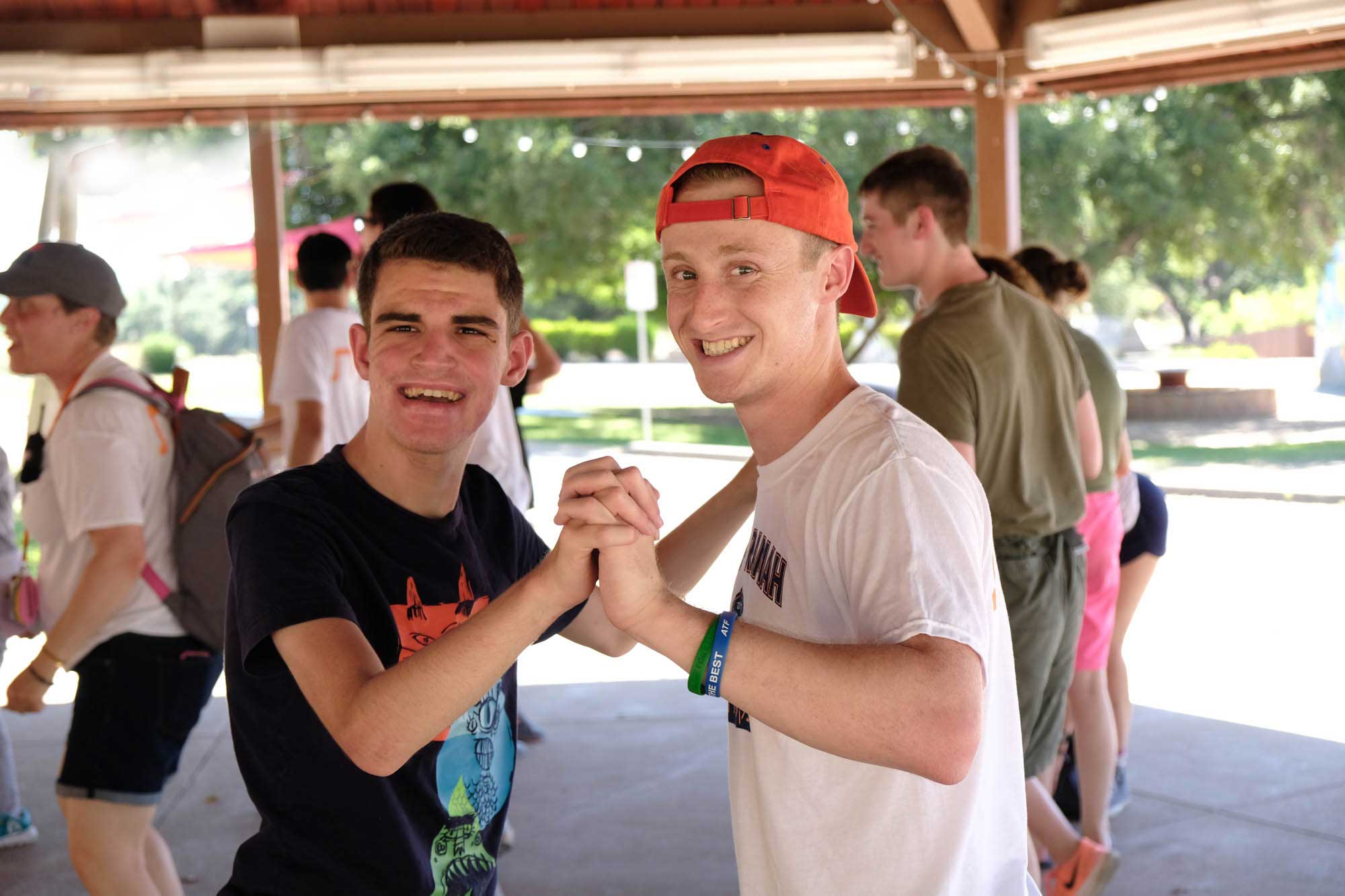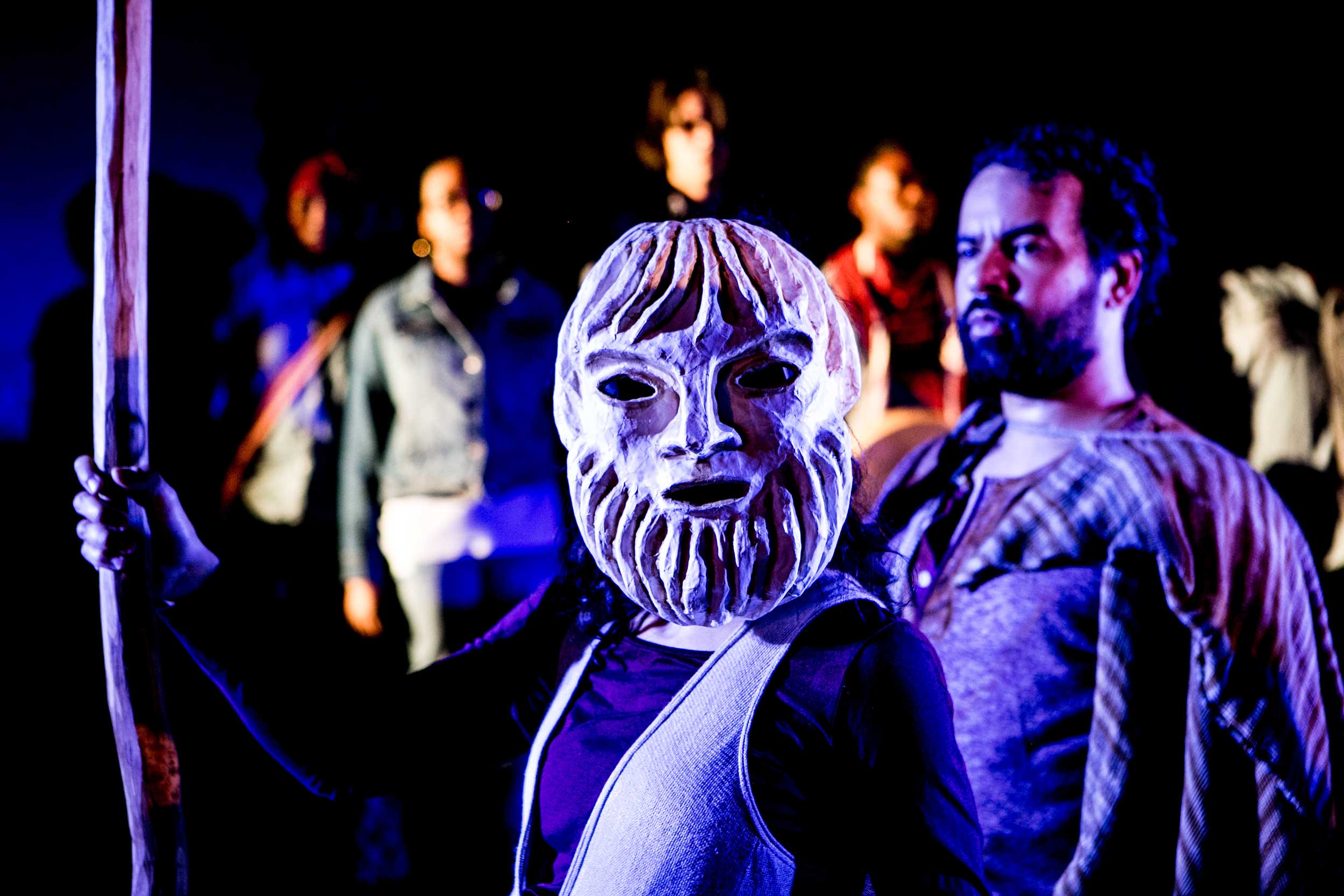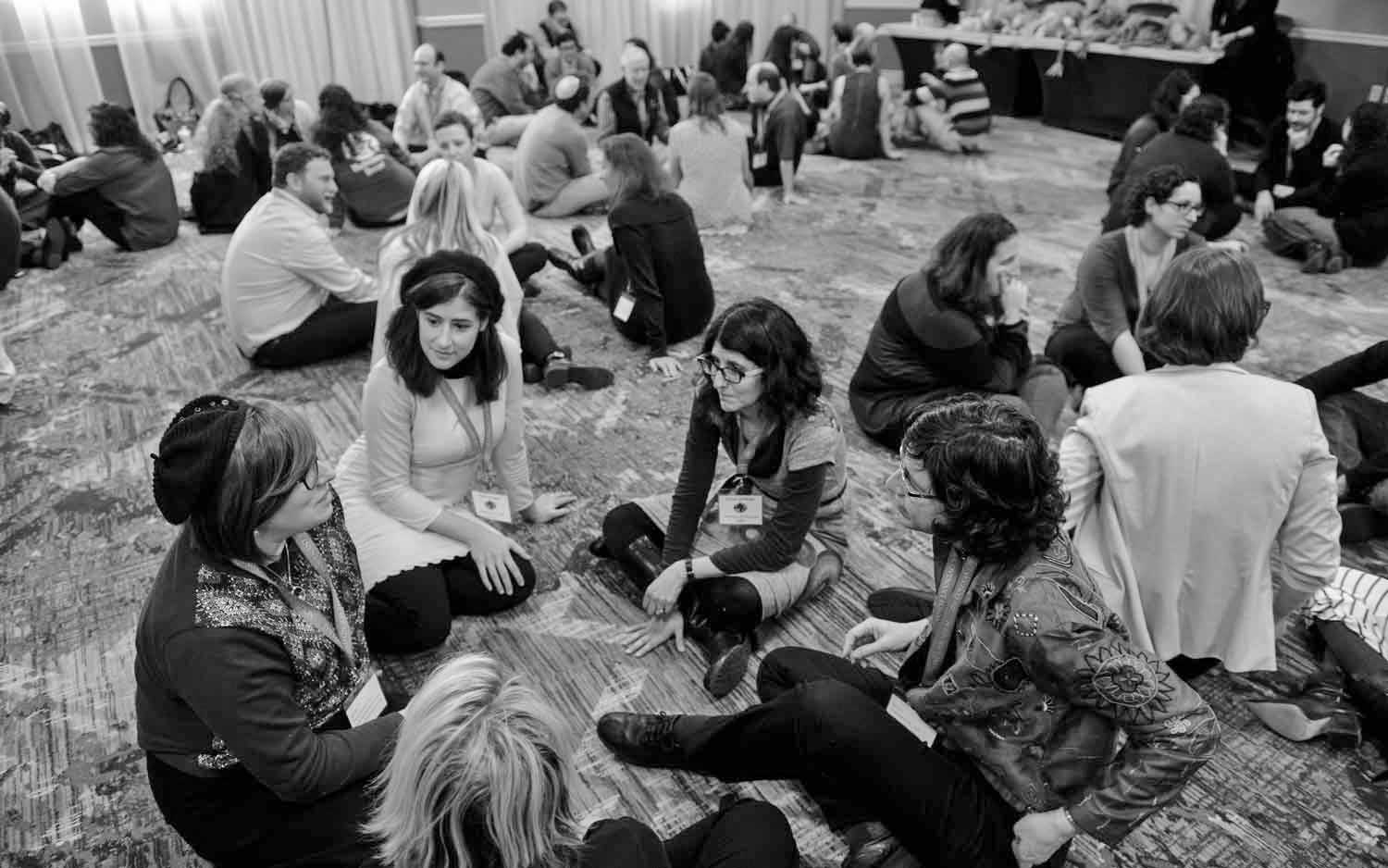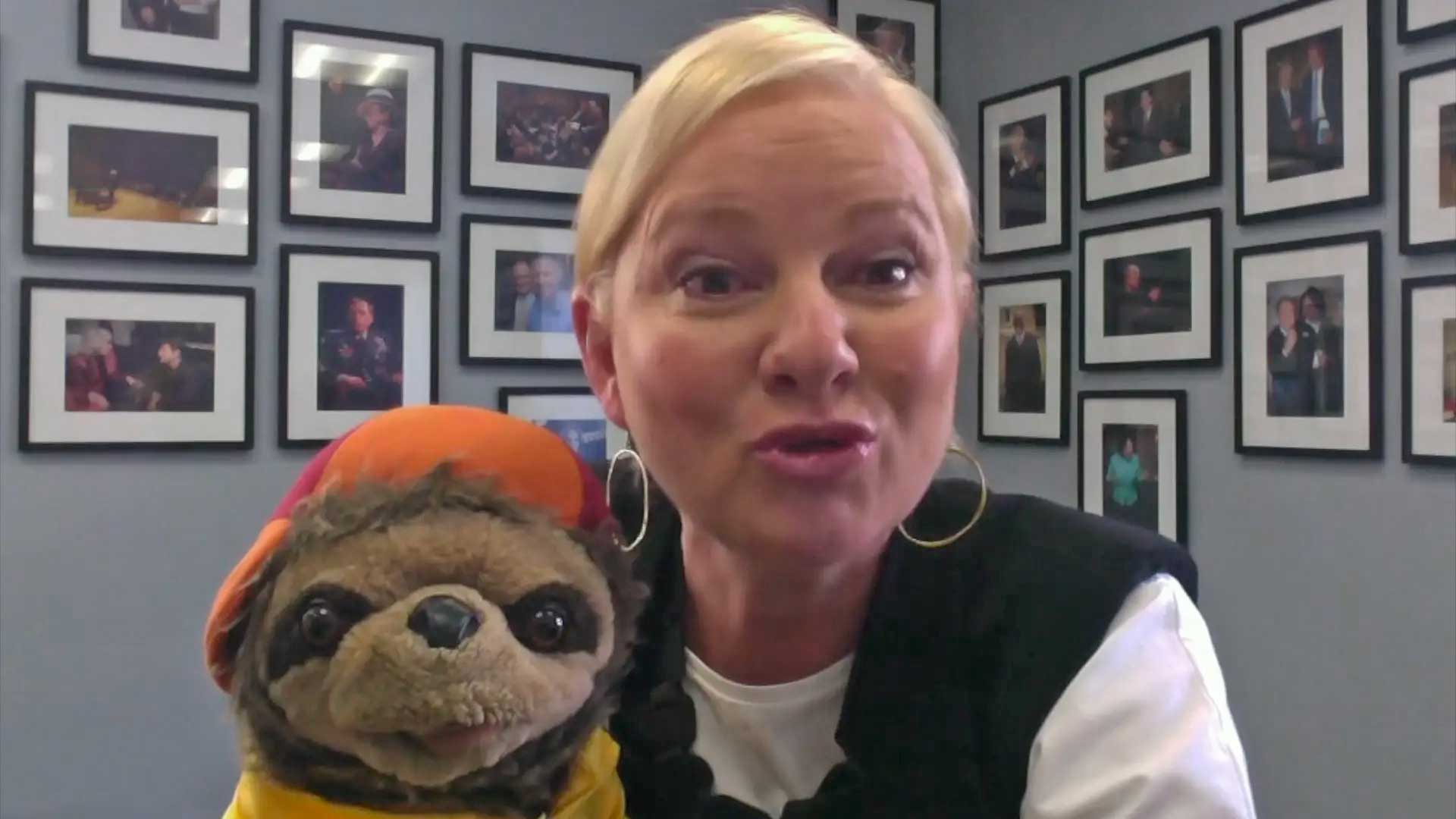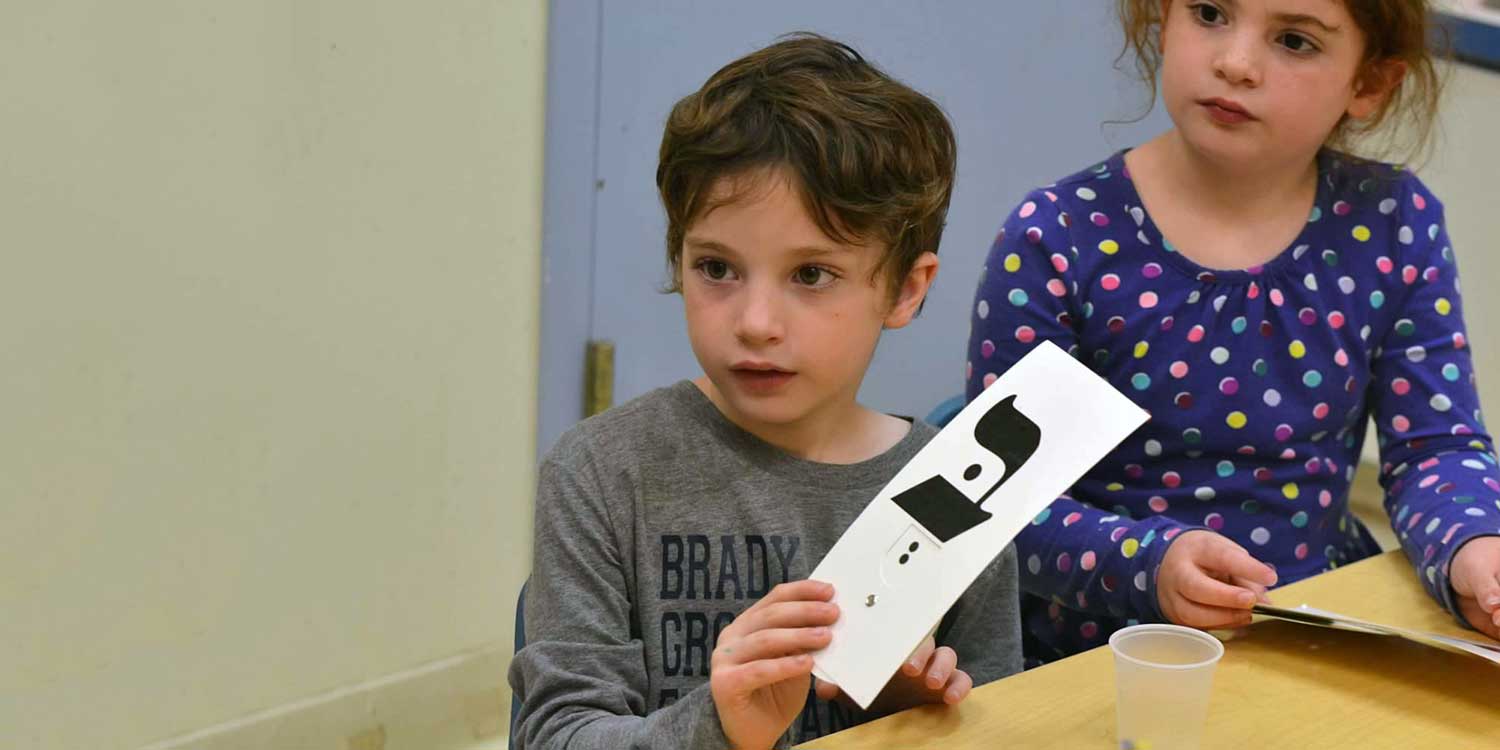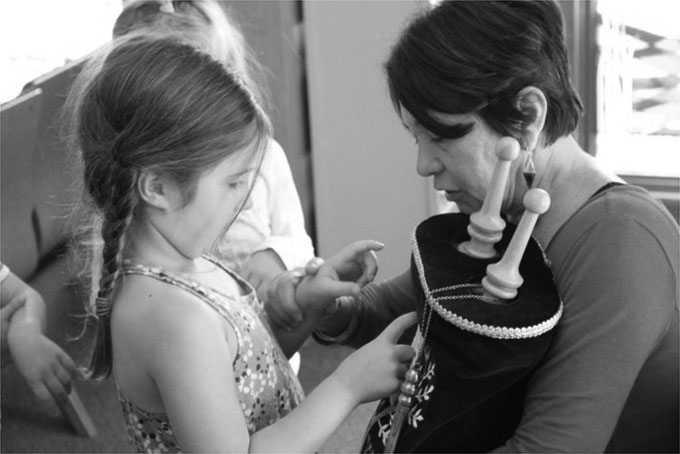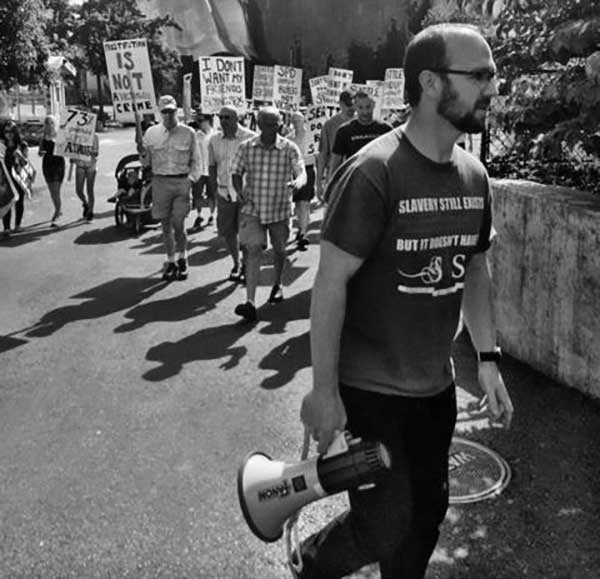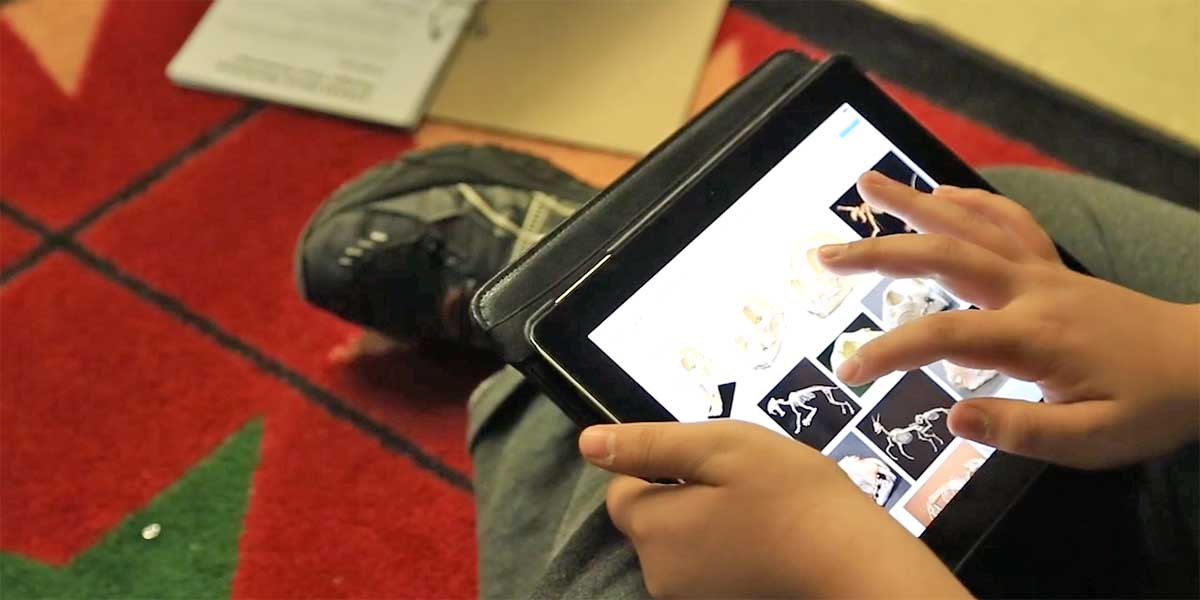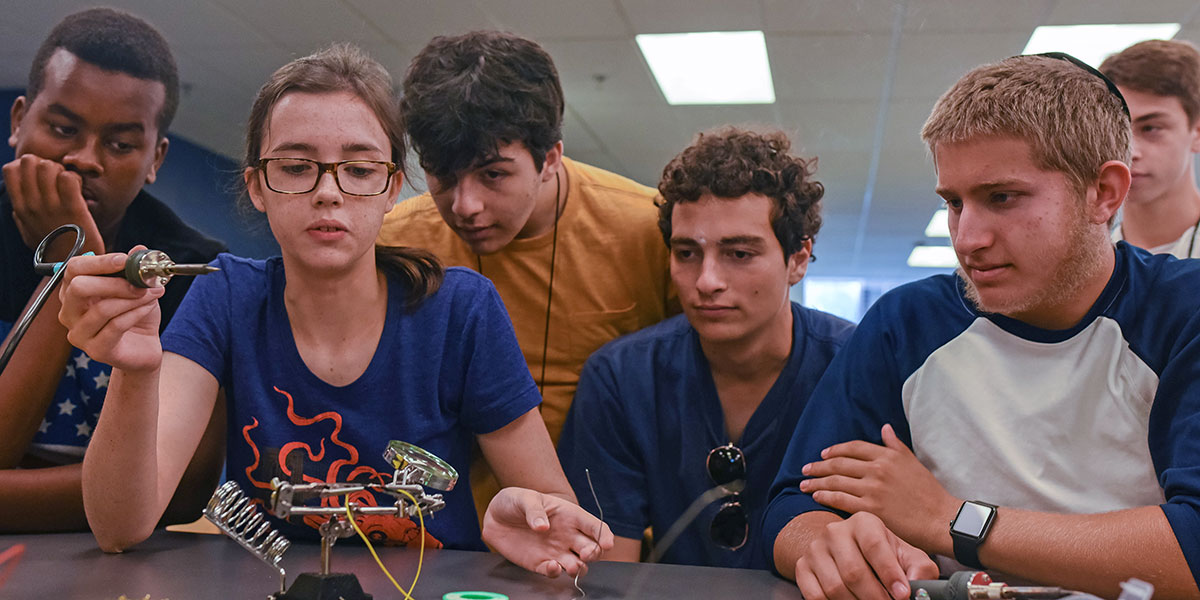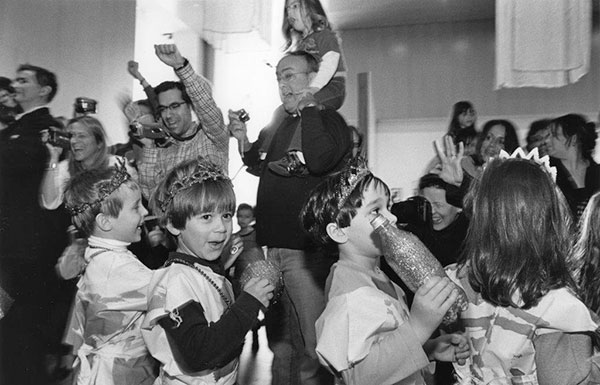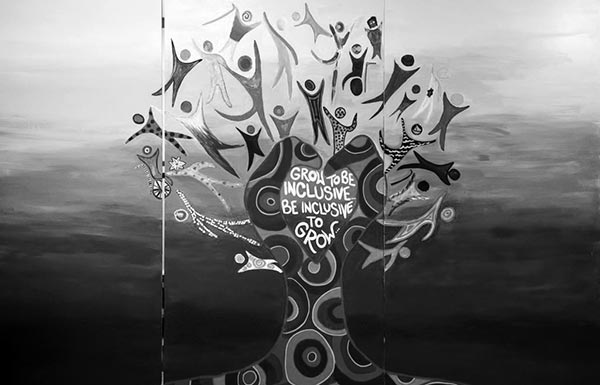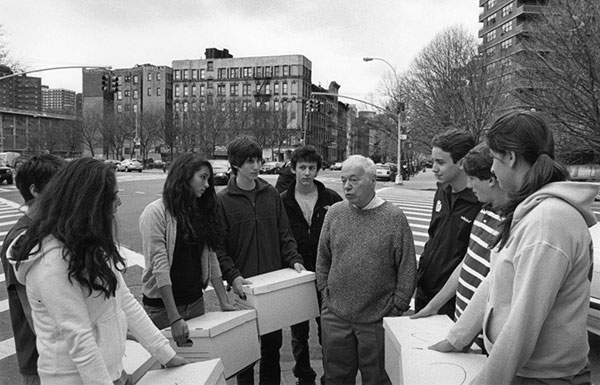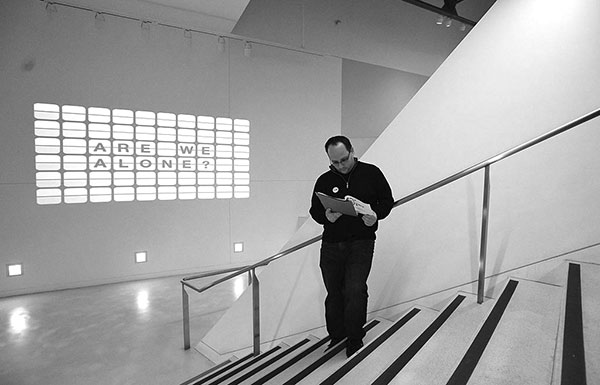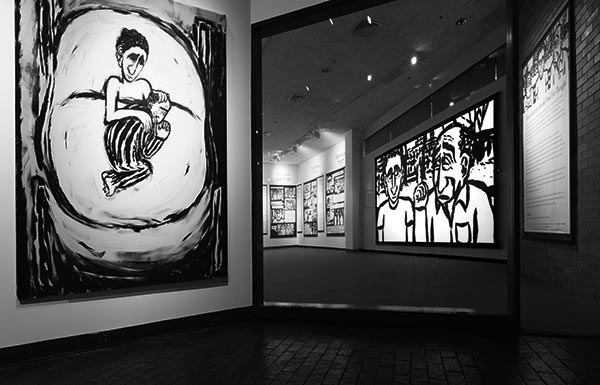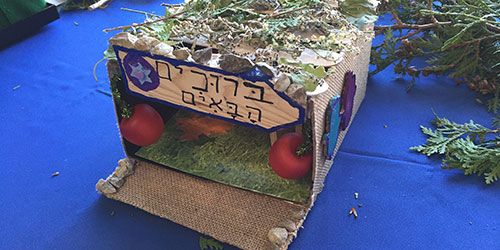
ARTICLE Thinking and Rethinking Supplementary Religious Education: A Look at 9 Congregational School Models
Whether you’re part of a “Tribe,” awash in the educational waters of “Mayim,”or have opted to trade in the one-size fits all religious school model for a forward-looking “JQuest”-- there are many innovative ways to obtain a synagogue-based Jewish education.
To wit: Temple Isaiah in Lafayette, CA was looking for a change to its religious school system, typical of many in that it mirrored public school in structure and format.
So, in 2009, Director of Education Rabbi Nicki Greninger—a 2012 Covenant Foundation Pomegranate Prize Award recipient—introduced an interdisciplinary track incorporating music, video and technology in exploring Judaism. Lo and behold, class enrollment doubled, and with a waitlist. In the years since, more tracks focusing on nature, art, culture, building and storytelling have increased enrollment to the extent that they eventually replaced the classroom system at Temple Isaiah entirely. The new program there is called JQuest. Jewish education, according to the JQuest website, “works best when it doesn’t look like, sound like or feel like school.”

And Greninger notes that it’s not just Temple Isaiah alone; many congregations have been shifting to change the religious school model.
On the east coast, at Congregation Emanu-El of the City of New York, religious school students in grade 3-5 are divided into “Tribes” (also the name of the program), led by high school students (tribal chiefs) and teachers (tribal elders) to build a subculture of cohesion around Jewish thought and philosophy.
“We had a strong priority for relationship building,” said Rachel Brumberg, Assistant Director of Lifelong Learning. “And we also had this voluntary religious school program for our high school students.”
Kaiserman added that that their goal was for students to understand that Jewish learning doesn’t conclude at the age of 13. “We worked to put our third, fourth and fifth graders in conversations with people five or ten or even forty years older,” he said. “We believe that the big questions you have as a 10-year-old are often the same questions you’ll have as a 50-year-old.”
In a ritual that was drawn straight from the film Harry Potter, the children each choose their tribe drawing from a hat, which deems them either Estherites, Joshuahites, Noahites or Sarahites. Before the sorting takes place, teen tribal chiefs put on a skit or a presentation for the younger children, to introduce their tribal values. Each tribe even has its own chant.

“Ritual aspects help develop a subculture within the Emanu-El community,” Kaiserman said.
Back across the map, at Valley Beth Shalom in Encino, CA, fourth through sixth-graders learn as part of one of three “Academies.”
Keri Loventhal, Director of Beth Shalom’s Etz Chaim Learning Center started the school’s Performing Arts Academy four years ago. She has since added a Technology Academy and a Fine Arts Academy. The academies were created to make religious school more competitive with students’ extra-curricular activities. Said Loventhal, “We felt that if we could connect their current activity interests to Jewish education, they could connect those skills to Jewish learning.”
The Performing Arts Academy brings in area artists to work with students in exploring stories from the Torah and Talmud through choreography, theater, script writing and stage production. Studies emphasize the nature of the characters, the culture and historical context of the story, and dramatic themes such as relationships, family, leadership, loss and hope. Technology Academy students work with professionals to use iPads to design web sites, blog and build apps, all focused on Jewish holidays. Students also learned to build a platform for an online game focusing on Jewish heroes.
“Part of being an educator is to look at education in a different way,” Loventhal said. “We have to adapt education and grow so we can help students be successful in Jewish learning.”

Over in Michigan, Rabbi Arianna Gordon, Director of Lifelong Learning at Temple Israel in West Bloomfield, uses an elective model at its religious school.
Class themes are similar to those offered in public schools, but “taught with strong Jewish connections,” she said. An example is the school’s Healthy Relationships elective, which covers areas such as relationships, bullying and other issues students face. Classes feature discussion of text-based primary sources and often include guest speakers. Other electives include politics and current events, an introductory Kabbalah class, creative arts, comparative Judaism and comparative religion.
And the educators at Temple Israel are also willing to take their show on the road. In response to transportation challenges some students had in attending religious school, Temple Israel sent teachers to an area public school armed with bagels and lesson plans.
”It was remarkably successful,” said Rabbi Gordon. “The kids were already in a space where they were in ‘learning mode.’ And they were there with their friends. We’re looking to expand it.”
At another Michigan synagogue—Congregation Shaarey Zedek in Southfield—Allison Gutman, Director of Youth and Family Learning, describes how every year the students come together to build the shul’s sukkah. “It is,” she says, “one of the best examples of how Shaarey Zedek students take what they learn from Halacha and bring it to life.”
While students in lower grades build miniature sukkot, in the days leading up to the holiday the fifth-graders build a fully-functional, halachic sukkah that doubles as a walk-through museum displaying the community values and halacha that were followed in its construction. Gutman brings in guest experts including an interior designer and an architect to guide the students’ construction and decoration of the structure.
Back on the east coast, Stephanie Tankel, Director of Religious Education at Washington Hebrew Congregation, trusts that social interactions are central to positive experiences in Jewish education. She shares examples of fun and innovative social events that have enriched students’ lives at her school, and led the 900-strong pre-k through 12th grade student body to a post-b’nai mitzvah retention rate of over 50 percent. For example, fourth-graders participate in a “Super Sloppy, Messy Day,” using shaving cream and other messy materials in games teaching Hebrew language, and fifth graders have a Shabbaton at the temple that Tankel says many will remember for the rest of their lives. The experience includes a scavenger hunt teaching Tanach verses, Hebrew language and the history of Washington Hebrew.
WHC’s success is also demonstrated by Mitkadem, its self-paced online Hebrew prayer program, developed by the Union for Reform Judaism press and now published by Behrman House. Children progress at their own paces, with temple clergy and educators signing off and providing rewards when units are completed.
“We have a culture in our school that encourages students to self-advocate and celebrate their own ability and progress,” said Tankel. “Educators have relationships with them that are so much more than just saying hello. Our kids know us. We know them. When you give praise that’s rooted in something substantive, it’s so much more meaningful: I’ve seen you make progress. I’ve seen you read. It’s safe to be who you are.”
Not far away, at Chizuk Amuno Congregation in Pikesville, MD, the “secret ingredient” for its seventh grade b’nai mitzvot students is also a geographic local change.
“We built a curriculum around three trips,” said Rabbi Stuart Seltzer, Director of Congregational Education and 2009 recipient of the Covenant award. “The trips motivate the kids to want to learn more. Frontal teaching gets a bad rap. But the trips are important for the amount of hours spent in the classroom. They’re the carrot at the end.”
The field trips are scattered throughout the school year, beginning with a visit to the National Museum of American Jewish History in Philadelphia, which includes a Jewish-history based scavenger hunt. The second field trip is to the United States Holocaust Memorial Museum in Washington, D.C., as part of a unit on the Holocaust, which emphasizes the differences between bystanders and “upstanders,” people who act towards social justice. The third trip is a tour of New York’s Lower East Side, following a unit on Jewish immigration to America in which students trace their own family histories and interview older relatives.
The field trip approach was developed out of a concern about the goals of religious education in the seventh grade, which Seltzer explained should be more than just completing bnei mitzvah study.” We wanted to make it more about their personal Jewish stories and their connections to Judaism,” he said. “The field trip,” he added, “is the way we put it all together. “
For many synagogues, the religious school model is continually evolving, as Rabbi Darren Levine asserts, one could even think of their school as a continual “work in progress.”
According to Levine, Tamid’s school departs from a “broken Hebrew school model.”
“I wanted us to think about education differently,” he said.
By using Tamid Online, an E-learning Judaica curriculum that blends on-site school with at-home learning and including Jewish holidays, beliefs and culture, ethics and values, Israel, prayer and Hebrew language, the Tamid curriculum, “is asynchronistic,” Levine explained. “You can click on a link and start your learning. I wanted it to be free and accessible to anyone anywhere for Hebrew school learning.” There is no need for a teacher or guide; students move through the learning at their own paces.
Tamid does offer synchronistic classroom learning as well. “The way Tamid functions is with sync and async working simultaneously,” says Levine.
Together with the Tamid Director of Education Christina Broussard, Levine built the online lessons by curating information from existing web content. “Anything anyone needs is already out there,” he said. “[This model] allows us to keep our costs low,” he added. “We built our curriculum based on how we believed children could learn from a screen or a handheld device. There are no workbooks, no worksheets. Everything is on the screen. At the end of the lesson there are questions and answers about what they have watched. The pedagogy gets immediate reinforcement.”
Immediacy, flexibility, responsiveness to student interest and taking students outside the four walls of the synagogue building are common denominators among the goals of synagogue educators looking to revitalize supplementary education. And at Temple Beth Shalom of Needham, MA, all of those goals are evident in their K-5 curriculum, called “Mayim.” At TBS, educators are called “Learning Guides.” The school employs an adapted approach to project-based learning, according to Rachel Happel, the congregation’s Director of K-12 Learning. Children come to school once a week, but the school is open six days a week, giving families flexibility. The learning guides are full-time educators who teach each day and have 10 hours a week of professional development, preparation and community development fostering relationships between the children.
“If you walk into our classes,” Happel said, “it looks like a home living room environment. There are no chalkboards and desks and chairs. We have a couch area and a rug. It’s meant to be homey.”

